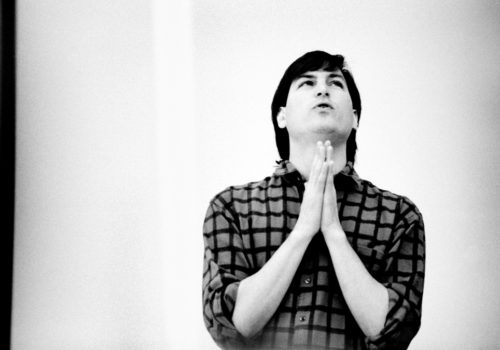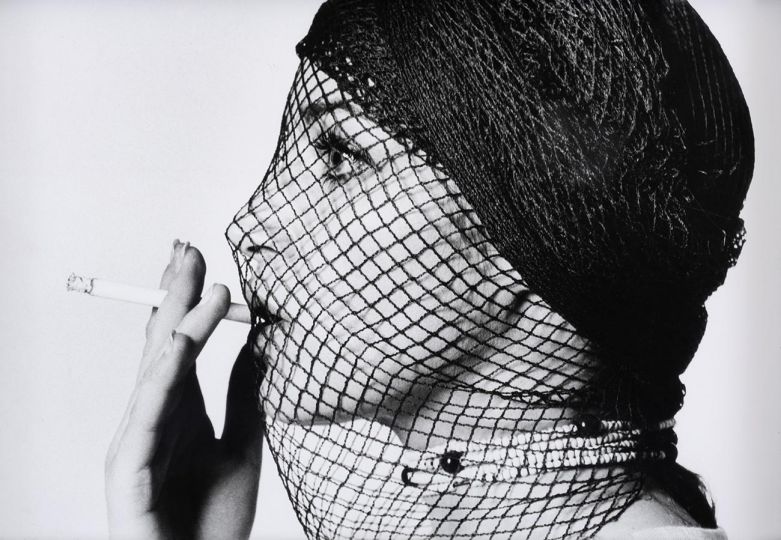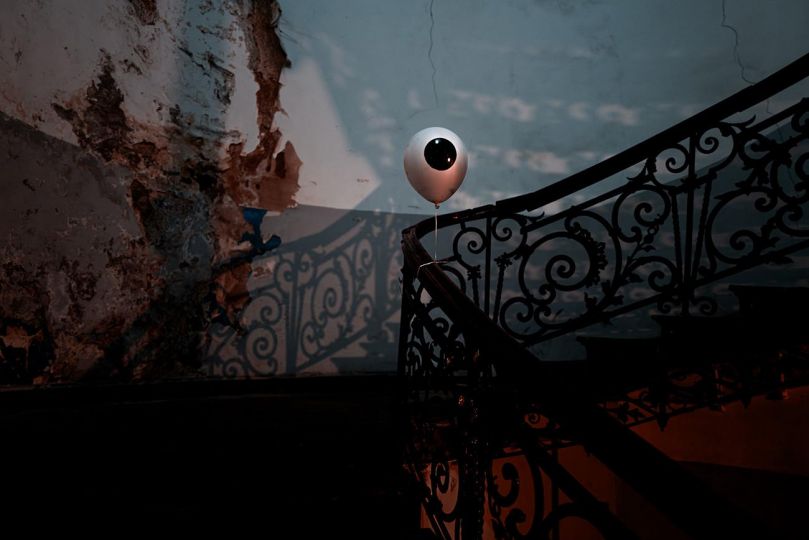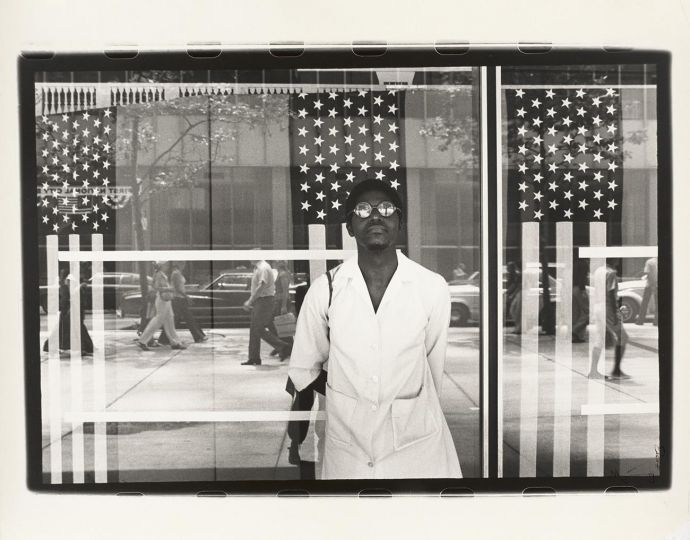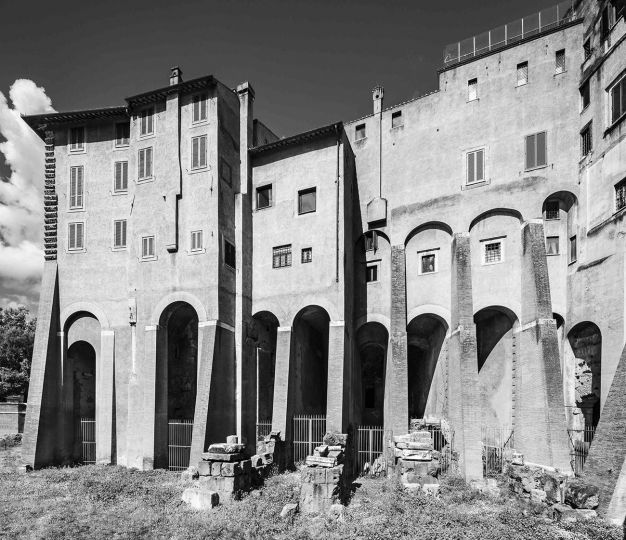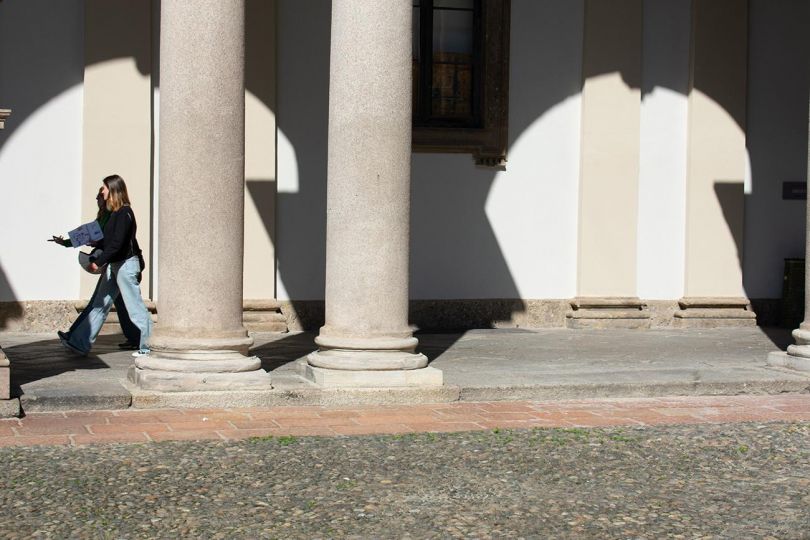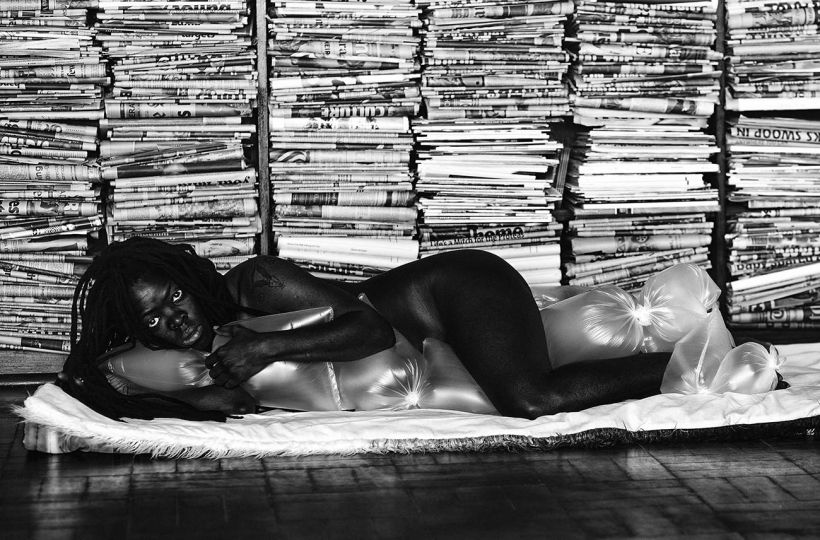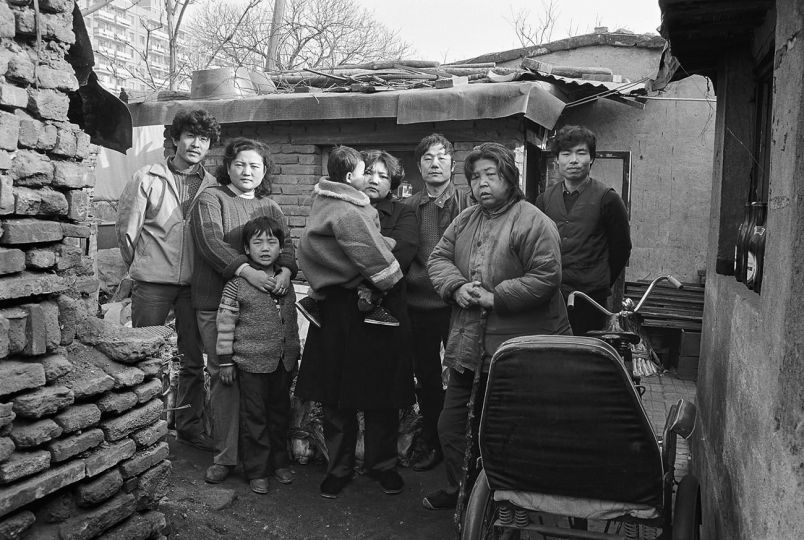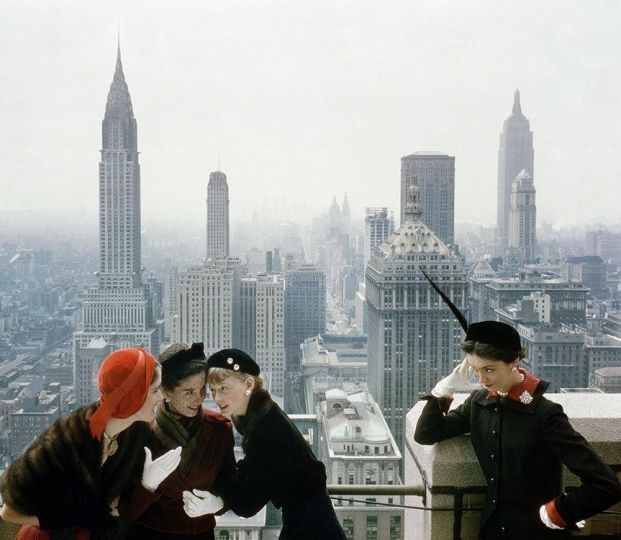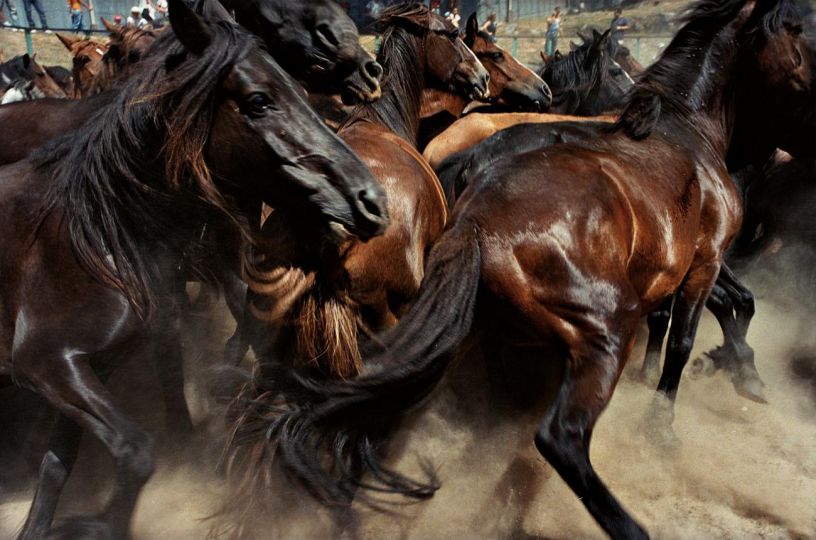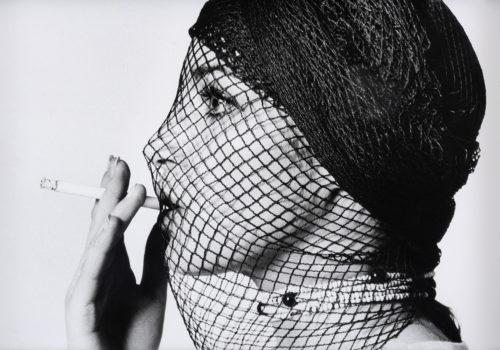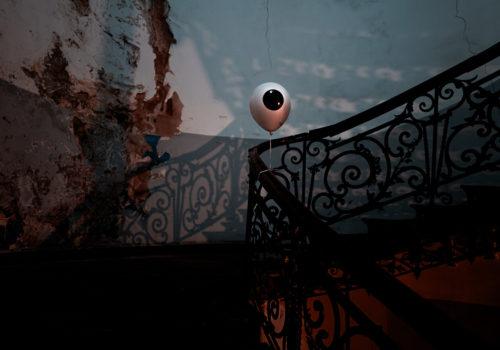In 1985, after being outed from Apple, Steve Jobs started NeXT Computer Inc. with 12 people. The photographer Doug Menuez was back from assignment in Ethiopia and was looking for a long term project. He recalls, “Why not make Steve my story? He already changed the world, he will do it again.”
Menuez expected to spend 2 or 3 years on the project, he ended up documenting the last modern industrial revolution for about 15 years in Silicon Valley. He asked and was granted by Jobs unprecedented full access. Menuez then went to LIFE magazine which green lighted an assignment. Steve Jobs in return only asked for the cost of chemicals and for prints which the photographer gave him every month for years.
Daily, Menuez would drive to the headquarters of the company, he spent countless hours witnessing the moments of success and failure, joy and sorrow, frantic energy and exhaustion. Frequently, he would spend the night over, along with Jobs’ team which was tirelessly working at the creation of the first computer designed for the educational system. In his “visual anthropology quest” as he calls it, Menuez aimed to depict the “human side of technology development.” When in 1988, Jobs finished the NeXT Computer (of 1MB memory!), he decided to kill the story for Life and told Menuez “I just decided that LIFE sucks! But don’t worry, you will have a great time with these pictures someday.”
Menuez started to receive calls from other companies in Silicon Valley, start-ups or established giants, they were all more or less saying the same thing “We don’t know what you did for Steve but we want you to do the same for us.” The photographer only responded to calls. He structured each request like an artist commission, asking for full access, a minimum of 6 months and a stipend. In 1988, Menuez met John Warnock, the co-founder of Adobe Systems and spent 4 years documenting the corporate life and the early development of PDF, and the development of Adobe Photoshop.
By 2000, Menuez’ work reached 250,000 negatives and he put an end to the quest, done and disgusted with the latest mutation of Silicon Valley with the burst of the dot.coms for which only money mattered from now on to the detriment of the revolutionary technological ideas of the past.
The 250,000 photographs Menuez shot, documenting Silicon Valley from 1986 to 2000, are now archived in the Douglas Menuez Photography Collection at Stanford University Library. Doug Menuez is currently working on a new book and a documentary film, “Fearless Genius: A Visual Memoir of Silicon Valley”.
Gilles Decamps
Below are the detailed captions for the portfolio of Doug Menuez photographs:
Steve Jobs, Redwood City, California, 1988 ©Doug Menuez/Getty Images
Steve exhorts his employees to work harder to finish the complicated new computer they are building for the education market.
NeXT Factory, Board of Directors Luncheon, Fremont, California, 1986 ©Doug Menuez/Getty Images
When Steve Jobs was forced out of Apple he decided to act on his dream of creating a powerful computer for education. He gathered the best and brightest around him and began a classic technology start-up with his own seed money called NeXT Computer, Inc. Very soon he attracted Ross Perot who had his own education agenda and who after an intense lunch presentation in the factory-to-be invested $20 million dollars. He later said it was the worst mistake he ever made.
Steve Jobs, NeXT offsite employee meeting, Santa Cruz, California, 1987 ©Doug Menuez/Getty Images
Steve in a moment of creative reflection.
Steve Jobs, NeXT Employee Picnic, Santa Cruz, California,1987 ©Doug Menuez/Getty Images
On a bus home from a company outing Steve allows a rare unguarded laugh.
Sun Microsystems, 1992 ©Doug Menuez/Getty Images
An employee struggles with setting up after a move.
John Sculley, Fremont, California, 1990 ©Doug Menuez/Getty Images
Apple CEO John Sculley, who overcame stuttering and intense shyness to run Pepsi, then Apple, here leads the press on a tour of the Macintosh factory while introducing the first low-cost Macs, including the Classic and LC. Reaction was very positive on Wall Street.
Sarah Clark & Baby, Apple, 1993 ©Doug Menuez/Getty Image
Apple programmer Sarah Clark delivers a message to the Newton War Room. Clark often brings her newborn baby to work. Her office has curtains over the glass so colleagues know when it’s nap time.
Bill Gates, Agenda ’92, Laguna Niguel, California, 1992 ©Doug Menuez/Getty Images
Microsoft CEO Bill Gates debates with reporters about the long delayed “vaporware” upgrade to Windows at the Agenda ‘92 Conference,attended by 300 or so high-tech industry CEO’s and hosted by the irreverent tech pundit Stuart Alsop, who showed Gates no mercy.
LAM Computer, 1990 ©Doug Menuez/Getty Images
An engineer labors to solve an electrical connection problem on the assembly.
Chuck Geshke & John Warnock, Adobe Founders, Mountain View, 1988 ©Doug Menuez/Getty Images
Chuck Geshke, seated, and CEO John Warnock left Xerox Parc to found Adobe in 1982, and after 20 years of man-hours completed PostScript, the software that allows computers to print high quality type, thus completing the biggest advance in printing since Guttenberg invented movable type in 1436. Seen here in 1988, they were confidently readying the launch of Photoshop, another significant software program that would utterly transform photography and graphic arts.
NeXT Computer, Inc. Offsite Meeting, Palo Alto, 1987 ©Doug Menuez/Getty Images
An engineer makes a presentation to Steve Jobs and the employees of Steve’s new company NeXT.
Dog & Meeting, Autodesk, San Rafael California, 1995 ©Doug Menuez/Getty Images
Autodesk was one of many tech companies to encourage employees to bring pets to work.
Apple Newton Demo, Las Vegas, 1992 ©Doug Menuez/Getty Images
Producer Michael Witlin hits the floor in exasperation, at right, while Apple PR colleague Tricia Chan calls an engineer during a bug-ridden rehearsal for an Apple Newton press demo. With over 60 members of the press outside knocking in frustration for entry, someone on the team innocently hit the send button on the demo set up on the stage which immediately crashed it, ruining the demo.
Apple Newton Demo, Germany, 1993 ©Doug Menuez/Getty Images
Apple employees led by Stephen Tchao react in horror as they realize all the units of the prototype handheld computer they are building are broken. Hundreds of the German press have been waiting an hour and after much beer are now outside chanting for the Newton team to come out.
Apple Computer, home of Steve Capps, San Carlos, California, 1992 ©Doug Menuez/Getty Images
Steve Capps takes a break from writing the new OS for Apple’s Newton projectto play his Jaminator. Steve invented this toy thatlets him play perfect guitar solos to his favorite rock tunes.
NeXT Computer, Palo Alto, California, 1985 ©Doug Menuez/Getty Images
Susan Kare, NeXT Computer, Inc., Napa Valley, 1987 ©Doug Menuez/Getty Images
Susan designed the icons for the Macintosh, NeXT computer, IBM’s OS 2 and versions of Windows.
President Clinton visits Silicon Valley, 1995 ©Doug Menuez/Getty Images
During his re-election campaign President Clinton attended a fundraiser thrown by the top CEO’s of Silicon Valley. Venture Capitalist John Doerr helped organize the visit and is at center interacting with Clinton.
Bill Joy, Aspen, Colorado, 1998 ©Doug Menuez/Getty Images
Bill Joy wrote Berkely Unix while a student at UC Berkeley, then helped Darpa with the code that allowed email to travel along the path of least resistance in case of nuclear attack, then co- founded Sun Microsystems, finished Java, and many other amazing accomplishments, all before the 90’s were over.
Samir Arora, CEO NetObjects, Mountain View, California, 1998 ©Doug Menuez/Getty Images
Samir faces down his venture capitalist partners as they demand changes. He refused to relinquish his vision and they cut off funding. Samir was forced to find 6 million dollars over a weekend to keep his dream alive. He did it.
Adobe Holiday Party, Mountain View, California, 1988 ©Doug Menuez/Getty Images
As Silicon Valley growth and success became exponential through the 1980s, holiday parties became more elaborate. Adobe Systems holiday party of 1988 was staged in a massive pier in San Francisco and reportedly cost a million dollars. An employee howls with joy during a toast to their spectacular year.
Net Objects Staff Meeting, Redwood City, California, 1999 ©Doug Menuez/Getty Images
Samir Aurora, CEO of NetObjects (at right in soft focus) is pushing his team to greater efforts in their attempt to “own” the web design software space. Samir and his young team fought technical hurdles and their own investors to bring their idea to reality. They almost made it, engineering a last minute investment from IBM, but their elegant software was too late to market and the company eventually folded. Their IPO in March, 1999, was proclaimed by CNN to be the first internet dot com to close at a lower share price then its opening price, heralding the beginning of the end of the dot com boom. New employees were all required to wear balloon hats at staff meetings.

